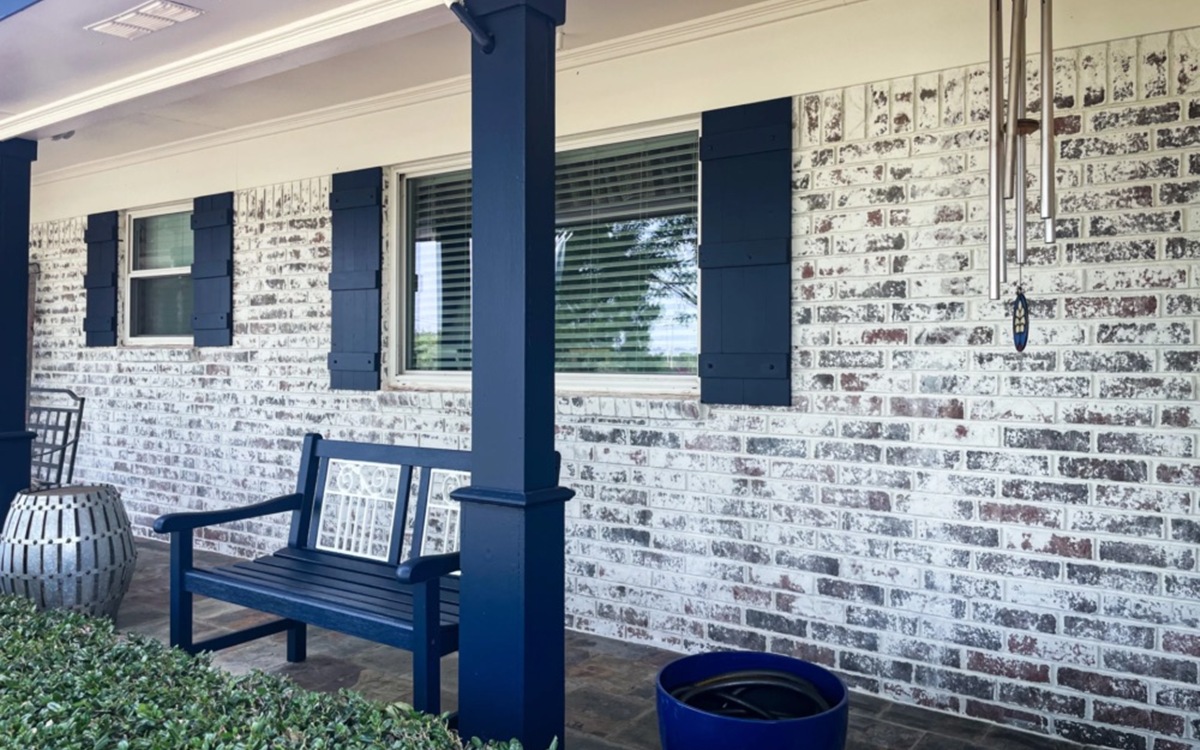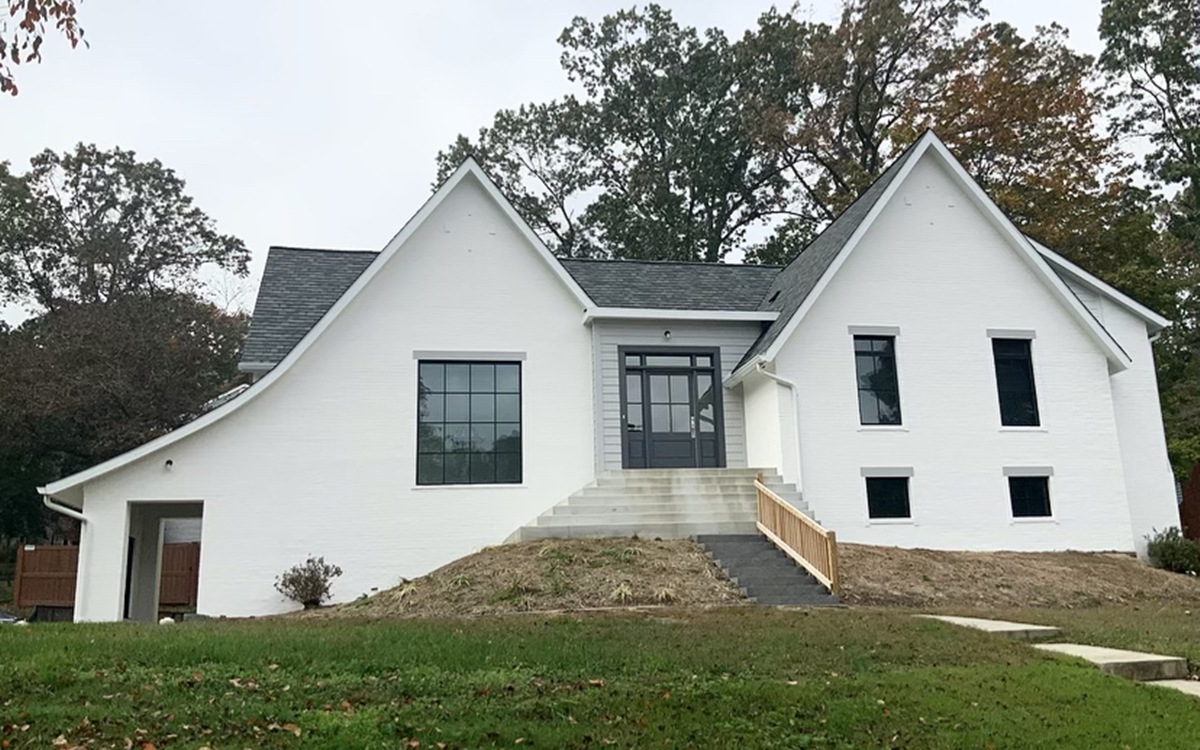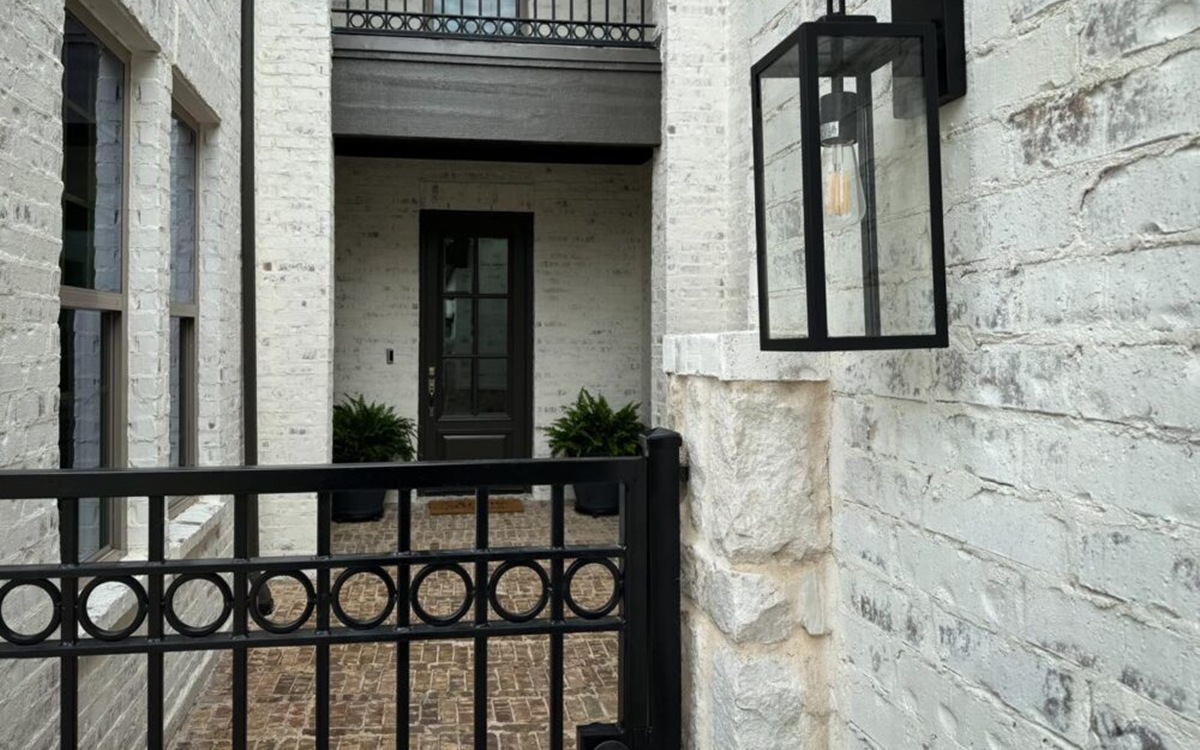If you’re thinking about updating the look of your home, you might have come across “lime slurry services” and “limewash.” Both are popular techniques for transforming brick and masonry, but understanding the difference between limewash and lime slurry is essential before making a decision. These finishes may seem similar, but they deliver very different results.
In this post, we’ll break it all down for you in simple terms, so you can feel confident about what you choose for your home’s exterior or interior.
Key Takeaways:
- Limewash is a thin, semi-transparent finish that allows brick to breathe and age naturally.
- Lime slurry is thicker, offering a more solid, plaster-like look with complete coverage.
- Both are eco-friendly and breathable, but lime slurry offers more texture and durability.
- Your choice depends on the look you want and the condition of your brick.
- Hiring professional lime slurry services ensures proper application and a long-lasting result.

What Is Limewash?
Limewash is made from limestone that has been crushed, burned, and mixed with water to create a soft, chalky paint. It’s been used for centuries on historic buildings and remains popular for its old-world charm. When applied to brick or masonry, limewash soaks into the surface, allowing the texture and imperfections of the brick to show through.
It creates a matte, faded look that changes with the weather and ages beautifully. Limewash is breathable, antimicrobial, and naturally resistant to mold.
Ideal for homeowners who:
- Want a rustic, natural finish
- Like the character of exposed brick
- Prefer a coating that will patina over time
What Is Lime Slurry?
Lime slurry, on the other hand, is a much thicker mixture—more like a plaster than a paint. It still uses the same basic ingredient (lime), but the consistency and application are different. It’s troweled or brushed on, giving full coverage that hides the color and texture of the brick underneath.
Lime slurry creates a uniform, smooth, and slightly textured appearance. It also offers extra protection against the elements.
Ideal for homeowners who:
- Want a solid, seamless finish
- Have mismatched or damaged brick they want to cover
- Prefer a bolder, cleaner look
The Difference Between Limewash and Lime Slurry: A Side-by-Side Comparison
| Feature | Limewash | Lime Slurry |
|---|---|---|
| Texture | Thin, chalky | Thick, plaster-like |
| Coverage | Partial | Full |
| Appearance | Translucent | Opaque |
| Application | Brushed or rolled on | Troweled or brushed on |
| Finish | Rustic, weathered | Smooth, uniform |
| Best Use | Preserving brick texture | Hiding brick imperfections |
How to Choose Between Limewash and Lime Slurry
When deciding between these two finishes, think about your brick, your climate, and your personal style.
Go with limewash if:
- You love the look of your brick and want to let it shine through
- You want a finish that evolves over time
- Your brick is in good condition
Go with lime slurry if:
- Your brick is old, damaged, or mismatched
- You want a solid color and smoother texture
- You’re after a more polished, European look

Maintenance and Longevity Tips
Before committing to limewash or lime slurry, it’s helpful to understand what maintenance each option requires over time. Here are some key care tips:
Limewash Maintenance:
- May need reapplication every 5–7 years, especially in areas with harsh weather or heavy rainfall, as the finish gradually wears away.
- Can fade or wash off slightly in rain, which contributes to its natural, aged appearance and enhances the rustic charm.
- Touch-ups are easy to apply and typically blend seamlessly with the existing finish, making maintenance simple.
- Clean gently using a soft brush and water to avoid damaging the surface—pressure washing can strip the limewash prematurely.
Lime Slurry Maintenance:
- Typically lasts 10+ years with proper application, making it a longer-term solution for homeowners who want durability.
- Offers better resistance to rain and weathering, maintaining its appearance even in harsh outdoor conditions.
- Reapplication may be needed if cracks or chips form over time, especially in high-traffic or impact-prone areas.
- Clean gently with water and mild soap to avoid damaging the surface—harsh chemicals can degrade the finish and reduce its lifespan.
Understanding the upkeep can help you decide which finish better suits your lifestyle and maintenance preferences.

Benefits of Hiring Lime Slurry Services
Applying lime slurry isn’t a weekend DIY project. It requires experience and technique to get it just right. A professional lime slurry service can:
- Assess your brick’s condition
- Recommend the right finish
- Apply the material evenly and securely
- Ensure it lasts for years without peeling or cracking
With the right team, you can achieve a gorgeous, timeless result that adds serious curb appeal and value to your home.
Final Thoughts
The difference between limewash and lime slurry comes down to texture, coverage, and style. Both are beautiful, breathable options that protect your masonry and create a custom look. If you’re unsure, speak with a pro who offers lime slurry services to explore your options.
Ready to give your home a timeless, elegant makeover? Contact Highland Painting today at 469-642-0972 to schedule your consultation and find the perfect finish for your home.




